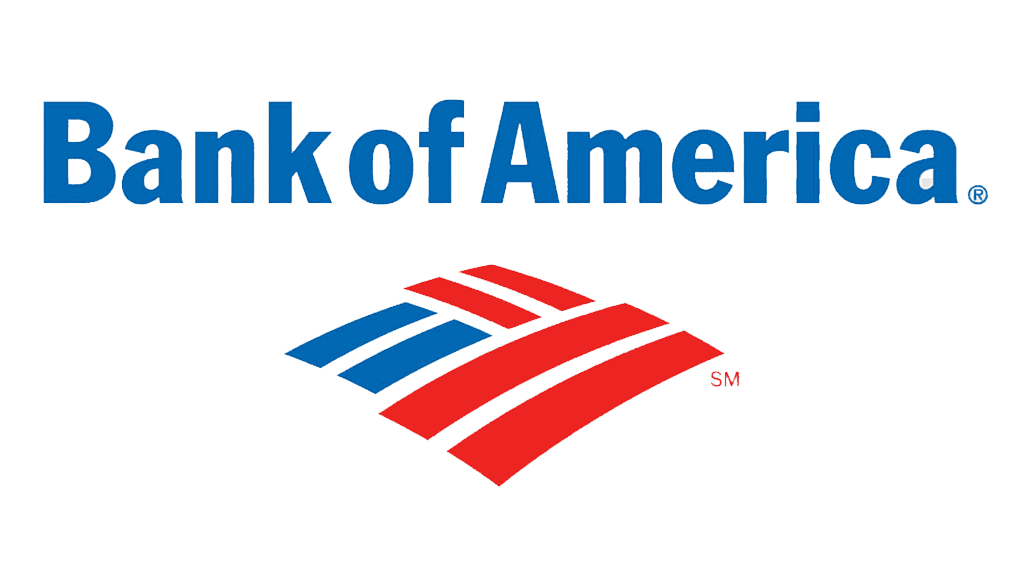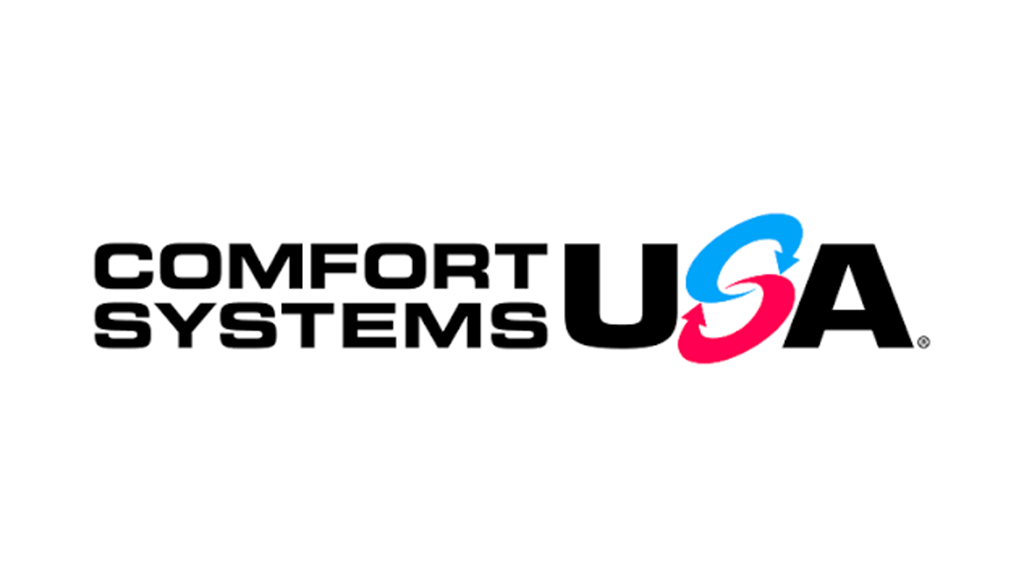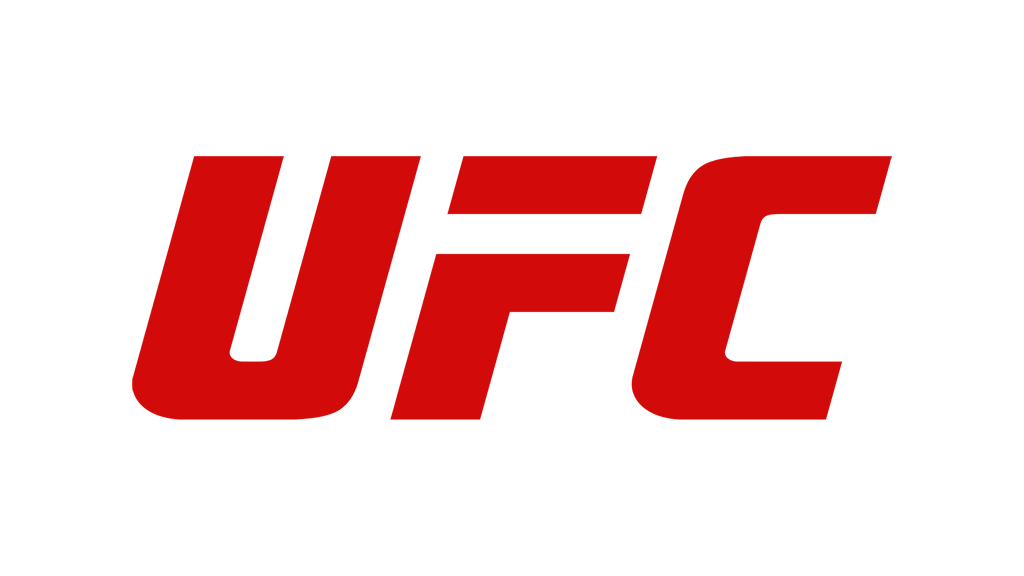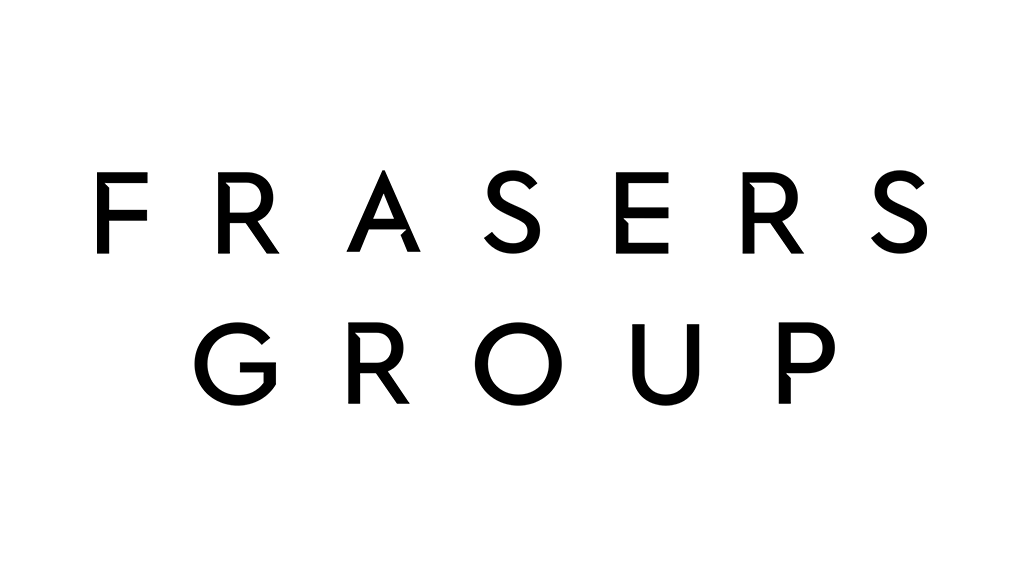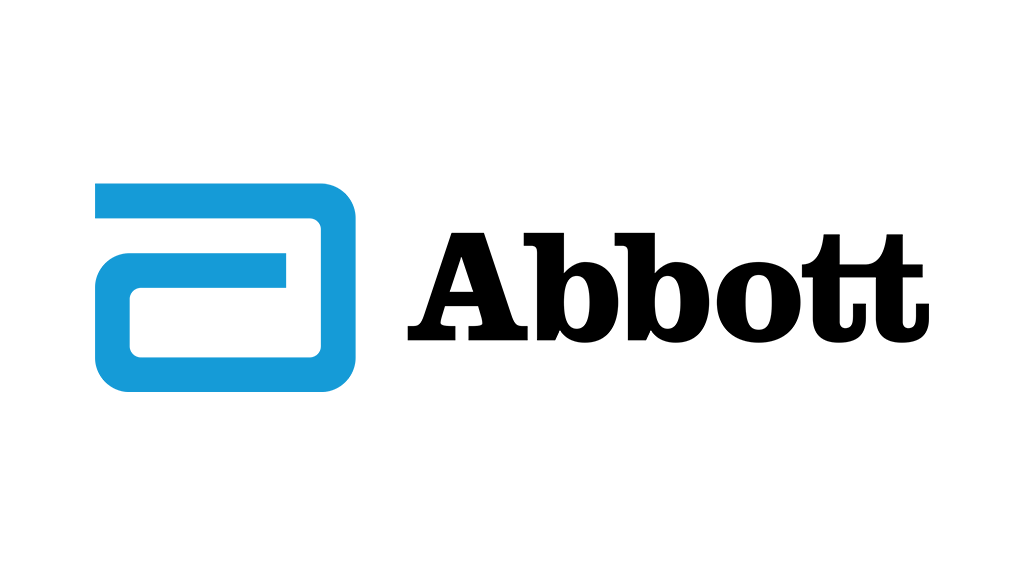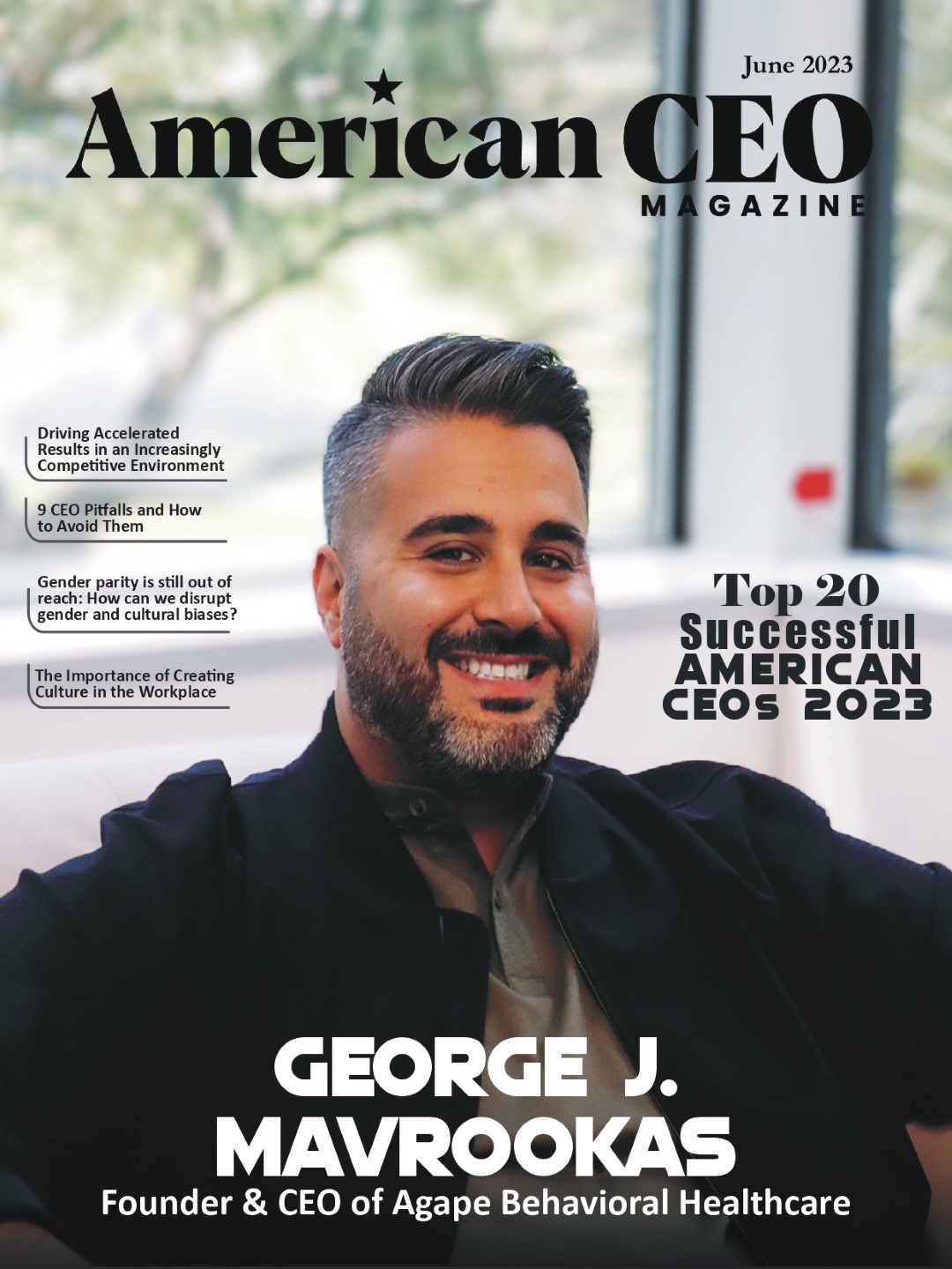Kevin Weitz
Leadership Coach

Kevin Weitz
Kevin Weitz is an organizational psychologist, leadership coach and business consultant. He specializes in working with leaders to shape their organization’s culture by focusing primarily on behavior change aligned the organization’s strategic direction. His rigorous approach focuses first on the capabilities of senior leaders to ensure that their behaviors drive cultural change.
For over 25 years Kevin has consulted with organizations like Intel Corp, Chevron, Levi Strauss & Co, Wells Fargo Bank, Pacific Gas & Electric, British Columbia Hydro and Standard Bank of South Africa on large-scale transformational projects. These transformational initiatives are almost always extremely challenging for these organizations, especially for employees and other stakeholders. Kevin’s transformation work focuses on behavior change and engaging leaders, employees and stakeholders to help them become more adaptable to constant and disruptive change.
Kevin holds a Psy.D. in organizational psychology and is a published author of an Amazon Kindle book entitled “The House of Culture”. He will shortly publish a co-authored book entitled “The Crisis of Expertise and Belief: Coaching Experts and Leaders in an Environment of Suspicion, Distrust and Polarization”.
He lives in Lincoln California and is a competitive mountain biker and loves riding in the magnificent mountains of Northern California.
“Millions of Moments” shape culture
On the second day of a recent consulting engagement, I had the opportunity to attend a presentation workshop by the division head of the company’s business strategy and a discussion of progress from all business units. One of the new “values” of this group was to focus on “agile/rapid work practices”. Apparently in the past, work took too long – they needed to operate more quickly. After several presentations by team leaders, the division head concluded the meeting by excoriating the group for spelling and grammar errors in the presentation materials. He belabored the importance of making work perfect. There was a deathly silence in the room. As the group shuffled out of the auditorium, I heard multiple whispered comments about how the slogan “agile and rapid” was a joke, and that in future they would invest WAY more time ensuring the presentations were perfect no matter how long it took. The workshop event was a leadership “moment” where the division head could have created a powerful and positive learning “moment”, but failed badly.
Business Values shredded in a single moment
As an organizational consultant and leadership coach, I pick up most of my culture related insights in everyday interactions, often in the most innocuous of places, when employees are simply interacting normally. This approach is called organizational “ethnography”. I always try to arrive at project meetings early, and listen to the dialogue before the “boss” arrives. When I fly on corporate jets to their various locations, I try to strike up conversations with whoever I’m sitting next to. The insights I gather are often incredibly revealing.
“It’s about PEOPLE stupid!”
During these informal interactions, I often ask leaders “what is the most common challenge you face?”. Almost always, the response is about people issues – not strategy, not structure, processes or policies – but about attitudes, behaviors and culture. Most of these leaders have a reasonably good understanding of culture, but they are still confused about how to start. The information they glean from consulting groups, books and conferences tends to be complex, contradictory and often seems overwhelming. It’s likely that a CEO will engage the HR function for insights. Or they might engage one of the big consulting firms. HR rarely has the experience or bandwidth to handle this kind of challenge, and consulting firms are often hugely expensive requiring too many resources.
“Stop talking about culture”
Professor Emeritus Edgar Schein expressed some frustration to me when I met with him some years ago. In my initial dialogue, apparently, I had not described the “business problem” clearly enough. “Stop talking about culture”, he opined! This teachable moment was clear – before embarking on any kind of culture related initiative, it’s vital to clearly define the business problem. Rather than discussing culture, rather focus on the practical behaviors needed to tackle the business challenge. Culture can be too amorphous to grasp, whereas behaviors can be clearly defined, role-modeled and coached. For example, using the “agile/rapid” example above, the behaviors defined by the engineering function will be different than those defined by the finance function or marketing and so on.
But, here lies a further challenge!
Walking on (behavioral) eggshells
One of the difficulties many organizations have is they don’t like to (or don’t know how to) talk about behavior – It’s too sensitive and seemingly awkward. But leaders and co-workers absolutely need to have a safe and structured way to discuss the behaviors needed to succeed in their businesses. In the same way that strategy, structure and business processes are critical conversations, so too are the behaviors needed for success.
A safe and simple (but not necessarily easy) way to discuss behaviors
Chevron Corp had a challenge back in the 2000s – injuries at their international sites were unacceptably high and they were determined to bring them down to zero. During the time I worked with them, I was particularly impressed by a simple technique they implemented to make safety behaviors a daily discussion. They implemented a process called “Safety Moments” where safety behaviors were discussed before every meeting or team gathering. Specific examples of safety were presented not only at the high-risk drilling sites or refineries, but in every Chevron office around the world. Every employee was encouraged to reach out to co-workers when they observed behaviors that breached safety standards. These interactions occurred hundreds of times a day at Chevron sites around the world. These discussions had a huge impact on reducing injuries and deaths, even in as far afield places such as Kazakhstan, where I worked for several months.
Behaviors required to execute strategy
Based on this experience, I developed a similarly simple behavioral change process that can be applied to any strategic objective or goal. In one international technology company, we called this creating “millions of moments”. I often work with business leaders to align their strategies and plans and develop specific behaviors needed to execute effectively. I document any discussion that implies needed behavior change and use a simple diagrammatic format to portray what I heard.
Simple, but not easy!
The next important step is sometimes a bit awkward to start, but becomes easier once implemented. Every leader should be role-modeling the behaviors needed to successfully execute strategy. There are 5-steps to the process, but business units tend to simplify the steps for their needs. Leaders need to kick-off this process, and subsequently, every employee needs to apply it at any opportunity. Here’s how it works:
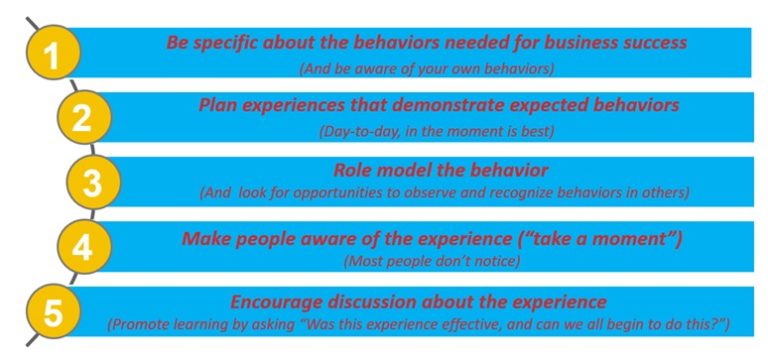
Step 1: This step emerges from my earlier description where behaviors are derived from business strategy meetings and debated at team and department level. These behaviors must be specific and detailed. The test of “specificity” is whether it is possible to observe them on a day-to-day basis.
Step 2: Leaders decide where and when role-modeling and discussion of these behaviors is most compelling. In the Chevron case, for corporate locations, everyday meetings and gatherings were suitable. At drilling sites or refineries, it might be when working teams gather to begin a welding or construction operations.
Step 3: The leader role-models the specific behavior at the appropriate moment or observes the behavior from a co-worker in-the-moment.
Step 4: This is the important teachable “moment” – the leader briefly comments that she (or someone on the team) just role-modeled one of our critical behaviors. A discussion then ensues to ensure that members of the team “get-it”.
Step 5: It is important to get feedback about the effectiveness of the behavior. Was the role-modeling “moment” representative? Could the behavior have been role-modeled more effectively?
Culture is forged by leadership behaviors
If you as a senior leader believe that it is necessary to shape or change your company’s culture, keep it simple. Identify the business problem and think about the current behaviors that may be holding you back. Then define the behaviors needed to be successful. Forget about culture (my Amazon published book entitled “The House of Culture” discusses other aspects needed to be successful). Focusing on behavior allows you to shift quickly. Role-modeling “millions of moments” creates culture.































